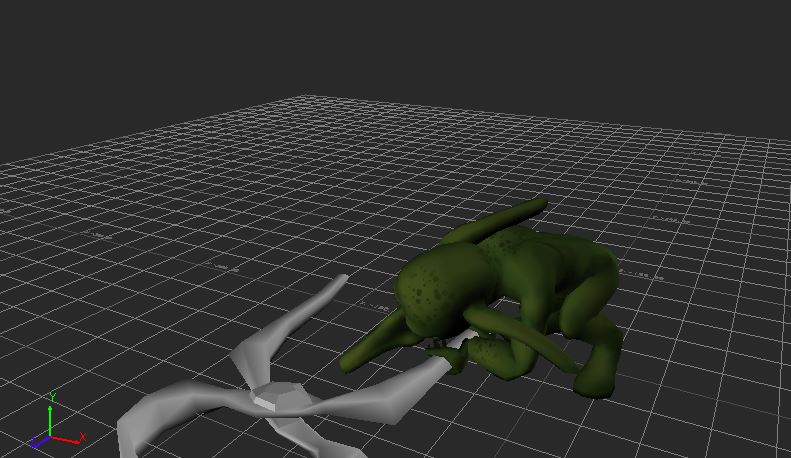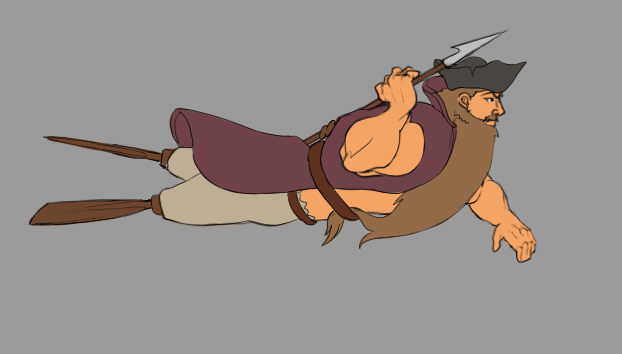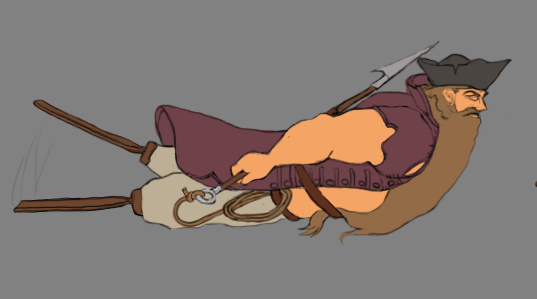BGP Post 6
The final week of development came with many quick changes in the groups schedule and in the projects overall layout. At this point the need to actually finish the implementation of all our assets in the game became all the more pressing as we rushed towards our deadline. Even at this point in development some last minute changes were made to our game, affecting our levels layout, mechanics within the game and overall visuals. There were two tasks that called for my attention during this time. The first one was the completion of all the animations we needed and the second one was the new task of creating the sound effects for our game. Throughout the project the topic of who was to take care of the sound effects had been somewhat unclear as we pushed the issue back on our priority list. Though not a particularly good way of scheduling tasks our reasoning behind this behavior justifies it somewhat. None of us had much prior knowledge in with developing sound effects for games or anything similar and as such none of us fitted the role better than the others. On top of that we all considered the best method with which to create our sound effects was to make use of royalty free sound-files from audio libraries on the internet. Which is exactly what i ended up doing. The problem with relying on online audio libraries is the fact that you will be entirely restricted by what exists on said library. Often times however this would produce a better result than if we ourselves tried our hand and creating the sound effects we needed by hand.
In the end we just barely had the time to implement all the assets we needed, a major factor to this being the fact that we worked throughout the night prior to GGC. This too isn’t an all that healthy practice but the group considered it necessary for the sake of having a presentable project.









